The Bee Book by Charlotte Milner, published by DK Books is a fabulous celebration of the fascinating world of bees.
*Scroll down for details on how you can win 1 of 3 copies*
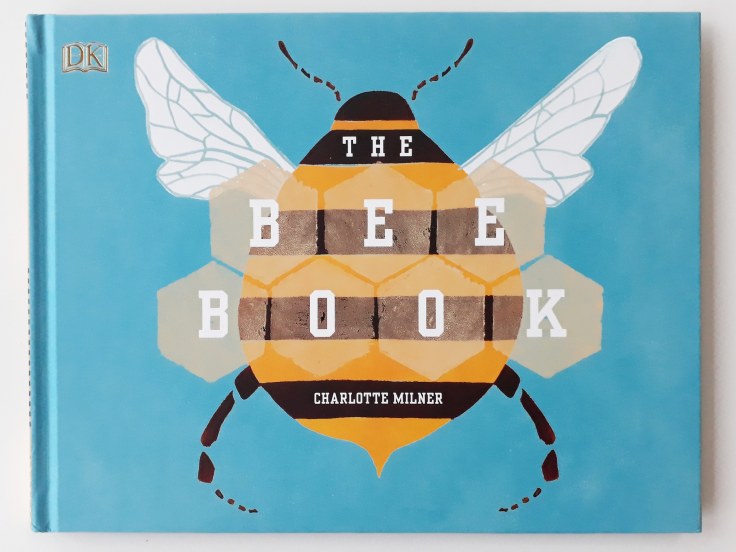
More than purely an informative book, The Bee Book also sets out to raise awareness of the decline of bees and the practical steps we can take to help. Packed full of facts there is so much to discover; we learn about the many different types of bees (did you know there are 20,000 different species?), how honey is made and extracted, what goes on inside the hives and much more.
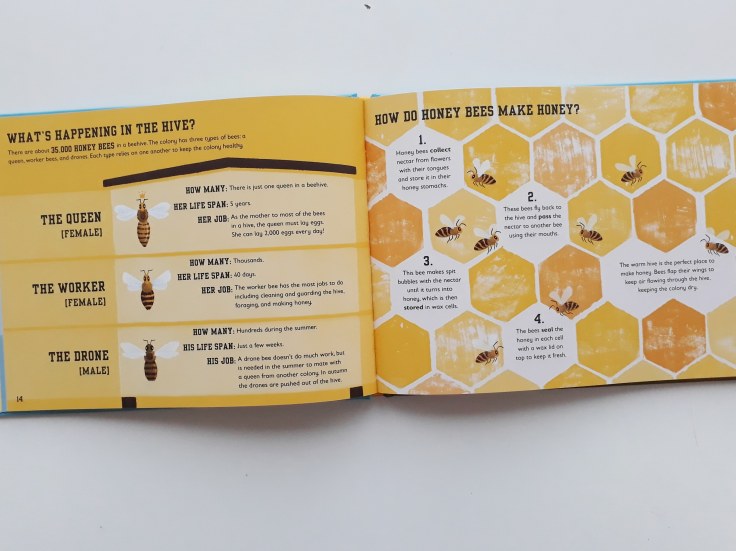
Our favourite fact about the bees has to be how they communicate to each other by performing a waggle dance. If you ever get the opportunity to watch bees through a glass hive then look out for a waggle dance, it is amazing.

With a modern, infographic type design and stylish illustrations this book has instant appeal to children and adults, it’s easy to navigate and brilliantly engaging.
Detailed diagrams of the biology of bees and the science of pollination are displayed clearly with easy to follow labels and terminology in bite-sized chunks.
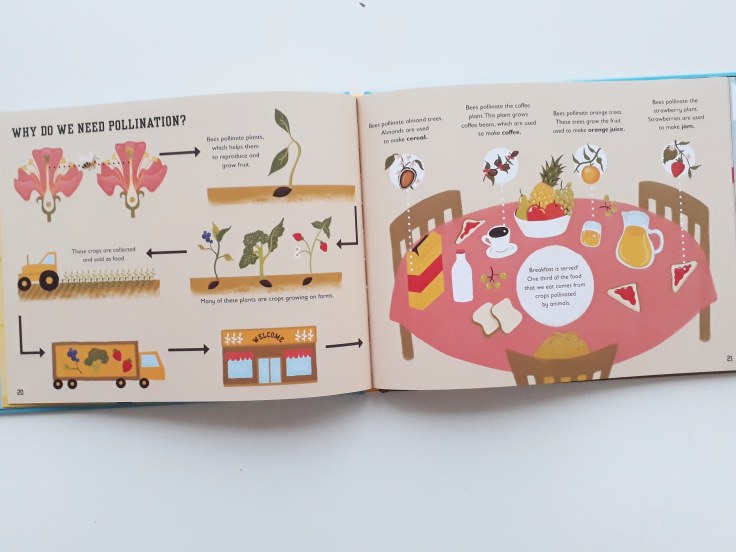
Charlotte has delved deep into the lives of bees and this stunning book leaves readers with an appreciation and respect for the work these tiny creatures do and the impact they have on all our lives.
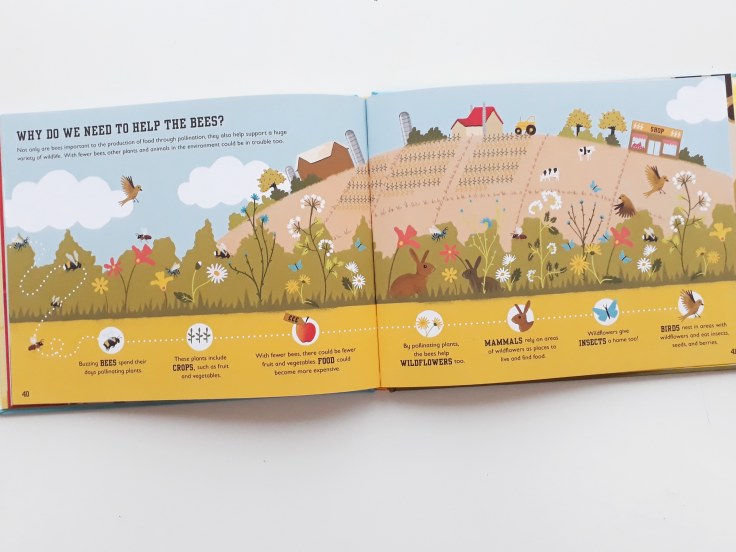
We’re delighted to welcome Charlotte to the blog who has very kindly answered some questions all about the book and the bees.

Can you tell us how The Bee Book came about?
I started the project in 2014 as a student, I studied illustration at Kingston University and we were asked to present an idea for a book. At the time I had noticed a lot in the news about bee decline and thought a children’s book would be a good way to raise awareness of the issue, little did I know that I would become so fascinated by the subject and get so carried away with the world of bees.
Following on from having the original idea how much bee studying did you do before creating the book and where did you do it?
The book has been an ongoing project for the last 4 years and during this time I’ve immersed myself in the world of bees, I’ve collected books about bees, joined a beekeeping group and spoken to experts about their decline. I also took The Bee Book to a local primary school to see how children would react to it, the session actually resulted in a group of 8 year olds chanting “save the bees!”, so I think it was successful.
That is wonderful, you obviously made a great impression on them!
We love your playful and stylish illustration style, can you tell us what or who has influenced your work?
When I started the book at University we were being tutored by children’s book illustrator Ben Newman who helped me to develop the style of the book and advised me on different design techniques. For instance, the illustration of the bee in the book was defined by an exercise where I was asked to draw bees from memory, then from a photograph, and finally drawing a bee that was a balance between the two. Using this technique I was able to find a child-friendly drawing style for the book and it’s a technique that I often use in my illustration.
Bees are truly fascinating creatures and the more we find out the more amazed we are. What’s your favourite bee fact?
I think I will always be baffled by how much work goes into making honey, so my favourite fact would be that it takes the lifetime’s work of 12 honey bees to make a teaspoon of honey. I think with much of the food we eat, we don’t question where it comes from or how it was made. Before I started The Bee Book, honey was an example of this, I knew that it was made by bees but I had never really thought about why or how honey bees make it.
This question comes from my five-year-old: If you could be a bee, which bee would you be? (species, or role in a hive).
I’d probably choose to be the Dwarf bee. It’s the worlds smallest of bees, at just 2mm but, like other bees, has a very important role as a pollinator. I think it highlights how all creatures, however big or small, have an important role to play in keeping our environment balanced.
Do you have a favourite honey recipe or way to use honey?
I always have a jar of honey in the cupboard since I put it in tea, on top of yoghurt in the morning and add a spoonful in smoothies. The most unusual recipe I have used honey in is probably guacamole, which tasted surprisingly good!
What do you hope people will take away from reading The Bee Book?
I hope that people will have an appreciation for bees and the significance of these small creatures to our planet, in understanding the world of bees I hope that people will care more about their habitats and how they can be protected.
Thank you so much for taking the time to answer our questions Charlotte.
The lovely people at DK Books are giving away 3 copies of The Bee Book and here’s how you could win one:
*For your chance to win 1 of 3 copies simply comment on this post telling us your favourite bee fact and subscribe to our blog using the email form in the menu.*
*There are more chances to win on our Twitter and Instagram profiles too*
*The giveaway is open to UK residents only and closes at midnight on 15/02/18*
Buy The Bee Book from Wordery.
Many thanks to DK Books for sending a copy of this book for review.
This post contains affiliate links that won’t change the way you shop but might make us a little bit of money… that we will probably spend on more books.
“>

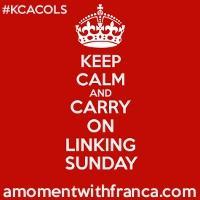
That bees have been around for 100 millions years! 😱 🐝
LikeLike
Mind blowing! Thanks for commenting 🙂
LikeLike
The average worker bee lives for just five to six weeks. During this time, she’ll produce around a twelfth of a teaspoon of honey. 🐝
LikeLike
Don’t waste a drop. Thanks for commenting 😊
LikeLike
A bee’s wings beat 200 times per second. I don’t know why they call them busy bees. If I could work at that super-speed I would find more time to rest. 🙂
LikeLike
If only! 🐝
LikeLiked by 1 person
Bees communicate in the hive using a waggle dance
LikeLike
That’s my favourite fact too 🐝
LikeLike
That something so small has an impact on the whole world
LikeLike
Makes you really appreciate them 🐝
LikeLike
I’m always amazed that honey pretty much lasts forever – magical stuff!
LikeLike
Mind blowing 🐝
LikeLike
I absolutely love bees and their complexity. This looks like such a good book to educate and the illustrations look amazing. Did you know bees can fly at 25km per hour?! #KCACOLS
LikeLike
Amazing fact! 🐝 #KCACOLS
LikeLike
I think knowing more about a book and the author behind it makes the book that bit more special! Thanks for sharing with #readwithme
LikeLike
Me too, I do love author interviews 😊 #readwithme
LikeLike
I love the sound of this book! I like the way that a Queen Bee is so important – she has real girl power :o)
#ReadWithMe
LikeLike
Indeed! #readwithme
LikeLike
what a beautiful book – love the illustration! #KCACOLS
LikeLike
It’s stunning, the illustrations are brilliant #KCACOLS
LikeLiked by 1 person
I do love books that make learning fun and the illustrations in this one are really attractive. #readwithme
LikeLike
It’s such an engaging book #readwithme
LikeLike
This book looks great- I love the modern style illustrations and infographics! #readwithme
LikeLike
The illustrations are brilliant #readwithme
LikeLike
It makes me chuckle that they communicate through a dance. I have a funny image in my head of a club in our local city but it all being bees dancing #KCACOLS
LikeLike
I love that it’s called a waggle dance too #KCACOLS
LikeLiked by 1 person
Oh this book looks amazing. We have a lot of bee-friendly plants in our garden. #kcacols
LikeLike
Great news, save the bees! #KCACOLS
LikeLike
bees are the only insects that produces food eaten by men.
LikeLike
That really makes you think doesn’t it 🐝
LikeLike
My favourite bee fact was learning that all the worker bees were female, it took me by surprise!
LikeLike
Good fact 🐝
LikeLike
I’d love to win this text for my class’ Circle of Life topic in the summer. My favourite fact is that some plants drug their nectar to keep the bees coming back!
LikeLike
Amazing fact!
LikeLike
I need a copy of this! Who knew there were over 20,000 species of bee?! I love the style of the illustrations too. Thank you for sharing with #KCACOLS and we hope you join us again next week 🙂 Kate x
LikeLike
Incredible isn’t it! #KCACOLS
LikeLike
Wow – That such an incredibly small creature can influence the whole world and that this wonderful, humble insect has been used to symbolise great strength and unity in the city of Manchester. Love Bees ❤️
LikeLike
💙🐝
LikeLike
Such a beautiful book! My daughter loves bees and she would love this book 🙂 #KCACOLS
LikeLike